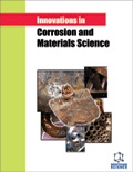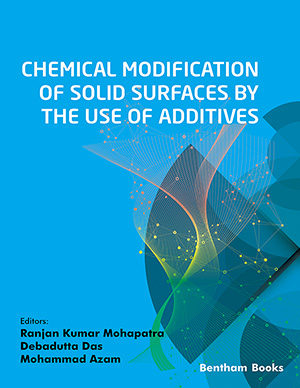Abstract
Background: We analyse here the well-known U-shaped form of pH-dependence of glass corrosion rates U(t) focusing on changes of U-shaped form with time.
Methods: We account for the two main mechanisms of glass corrosion which play dominant role at different times - ion exchange and hydrolysis. Results: We reveal that the pH dependence evolves even for solutions ostensibly kept at constant pH. The U(t) dependence is caused by changes of concentration profiles of elements in the nearsurface layers of glasses in contact with water. The change is most evident within the initial stages of glass corrosion at relatively low temperatures. Numerical examples are given for the Russian nuclear waste borosilicate glass K-26 characterised in experiment by an effective diffusion coefficient for caesium DCs = 4.5 10-12 cm2/day and by a rate of glass hydrolysis in non-saturated groundwater as high as rh = 100 nm/year. Conclusion: The changes of the U-shaped form of glass corrosion rates need to be accounted for when assessing the performance of glasses in contact with water solutions.Keywords: Borosilicate glass, corrosion, durability, nuclear waste, vitrification, pH.
Article Metrics
 12
12





